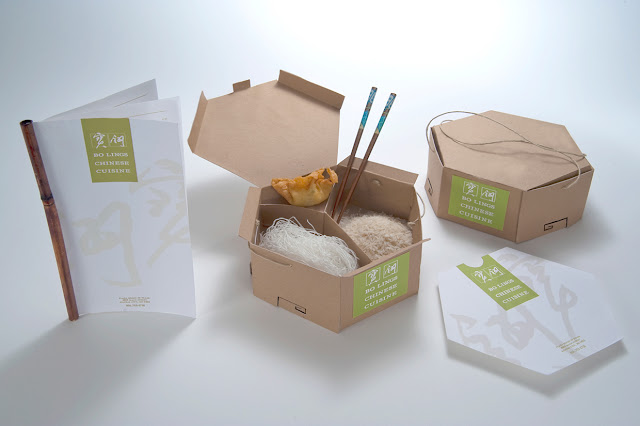Sustainable packaging: let's sort it out!
Introduction
Five million tons of
household packaging comes from the USA consumption each year (source: ADEME).
While 70% of household packaging is currently recyclable, this recycling
depends above all on the materials used: while 100% of steel packaging in macaron boxes, 85% of
glass packaging, and 70% of paper-cardboard packaging are recyclable, this is
not the case is the case for 29% of plastic packaging (source: CITEO ).
To move in the
direction of sustainable development, to meet the expectations of consumers who
are increasingly concerned about the environment, and be in step with
regulatory changes, professionals in the agri-food and packaging sector have
developed various packaging solutions. More sustainable biodegradable,
bio-based bioplastic… There are many alternatives. But what are we talking
about Panorama of sustainable packaging solutions, following our webinar
organized on the subject last May (see the replay on this link), to read below?
Petrol-based, bio-based, biodegradable… do not put them in the same basket!
Sustainable
Packaging
"There are many
concepts concerning sustainable packaging in custom packaging for small business … And it is easy to get lost",
comments Thomas Krakowiak, lecturer in physic-chemistry at Argo Sup Dijon. For
the researcher, there is a simple way to visualize the differences between each
of these concepts: "I represent the existing materials according to a
2-axis diagram: one going from "petrochemical" to
"bio-based," the other going from "Non-degradable" to
"biodegradable." This allows us to get out of a vision that is
sometimes too simplistic, or leading to shortcuts."
Dark
background: bio plastics (VS light background: non-bio plastic)
Thus, at the bottom
left of this diagram, we find conventional plastics… some of which can be
recycled and reused for the same purpose. This diagram also reminds us that
materials derived from petroleum are biodegradable (PCL, PBAT, PBSA), while
specific bio-based-based materials are not (bio-PET, bio-PTT, bio-PA).
Indeed, suppose the
term "bio-based" refers to the raw materials used, which must be
derived from biomass (such as rice, potatoes, soybeans, sugar cane, corn,
mushrooms. , etc.). In that case, the term "biodegradable" refers to
the decomposition capacity of material under the action of micro-organisms
(bacteria, fungi, worms, etc.).
"Bioplastics":
the importance of the plural
According to European
Bioplastics 2019, bioplastics represent 1% of the world's annual plastic
production. But what are they referring to? First of all, it is essential to
come back to the plural: "the" bioplastics, because they are indeed
several, and of different types, the prefix "bio" being able to refer
to "bio-based" or "biodegradable."
Bioplastic, therefore,
refers to materials derived either from bio-based plastics (for example, corn
or sugar cane), or, if they are biodegradable, from fossil resources
(petrochemical reactions)… "or both!" », Adds Thomas Karbowiak . Some
plastics, such as PHA (polyhydroxy alkanets), polyesters produced by bacterial
fermentation of sugars or lipids (often a waste recovery), or PLA (polylactic
acid), which can be obtained from starch from corn, sugar beet, or sugar cane,
are both bio-based and biodegradable.
It will then be called
bio-PET (for ethylene bio-terephthalate) since the resource used is renewable -
unlike petroleum. However, it will not be biodegradable. "
For example:
The Alpha company has
developed coffee capsules made from bio-based organic materials, mainly from
sunflower husks in Australia. Biodegradable at home within six months, these
capsules are also available with a home composter to encourage consumers to
adopt these ethical practices.
Nestlé has developed
bio-based paper packaging for its cereal and fruit bars, suitable for
high-speed bagging machine lines (designed to handle plastic) and ensuring the
quality and freshness of the product.
The Rape company has
developed a 100% bio-based packaging for sandwiches. The cardboard is made from
stalks and leaves of rice, wheat, corn, and sugar cane. A thoughtful way to
exploit these harvest by-products, most of the time burnt (only 20% of these
by-products are currently used). Recyclable up to 7 times, this packaging is
fully home compostable.
Biodegradable
VS compostable: different certifications
The biodegradable and
the compostable are positioned as sustainable alternatives… and if the concepts
seem acquired by all, regulatory frameworks exist to obtain the corresponding
certifications. "There are precise regulatory frameworks for
biodegradability and compostability," specifies Thomas Karbowiak,
"taking into account both the degree of decomposition of a substance and
the time required to obtain this decomposition."




Comments
Post a Comment